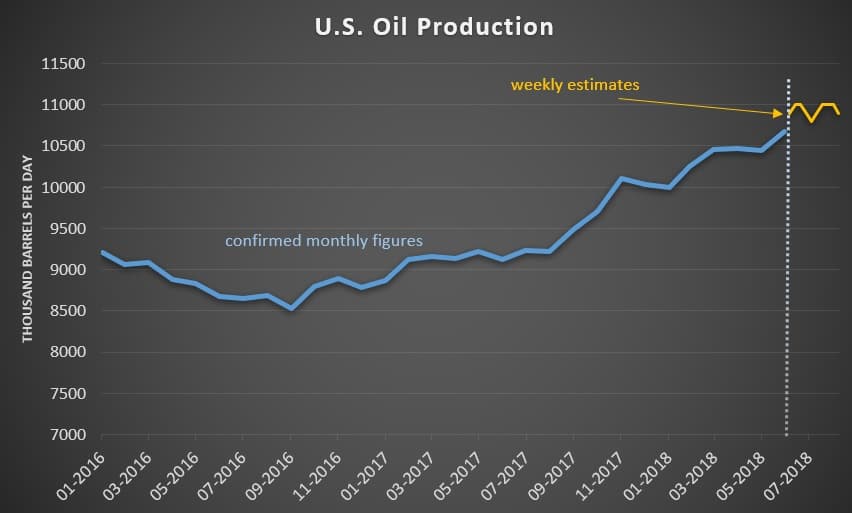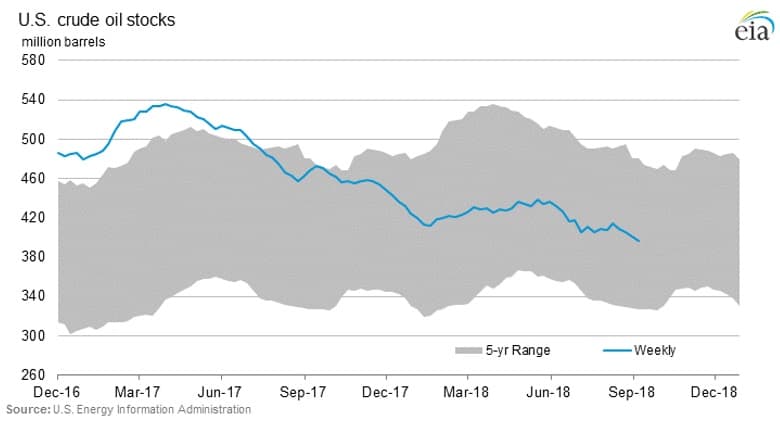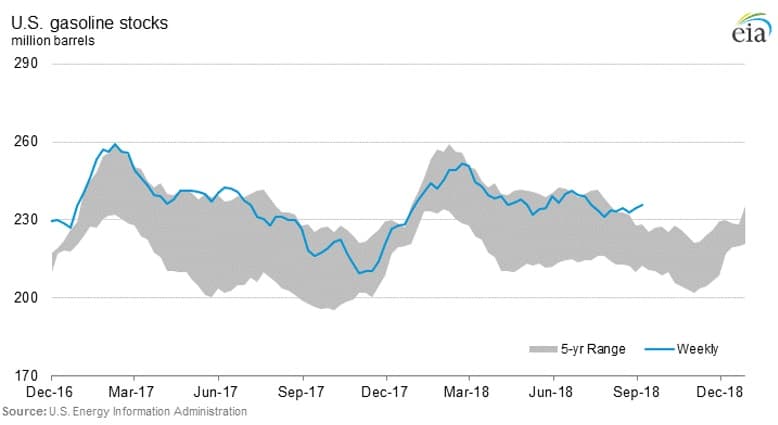Plunging Canadian prices have been depressing oil producers’ realized prices and revenues, even though the U.S. benchmark and the international Brent Crude prices have rallied year to date.
But it’s not only oil sands producers that have been coping with wide price differentials between Canadian crude oil prices and WTI this year.
Canada’s shale drillers have also started to face widening differentials between the Canadian benchmark for light oil delivered at Edmonton and WTI, due to—unsurprisingly—insufficient pipeline infrastructure to transport the light oil to the market.
The Edmonton sweet crude discount to WTI slumped to US$16 a barrel earlier this month—the widest spread since Bloomberg began compiling the data in June 2014.
Not that Western Canadian Select (WCS)—the benchmark price of oil from Canada’s oil sands delivered at Hardisty, Alberta—has been doing any better. The WCS discount to WTI has been more than US$20 this year, and even US$30 at one point. This resulted in Canada Natural Resources saying in early August that it was allocating capital to lighter oil drilling and is curtailing heavy oil production as the price of Canadian heavy oil tumbled to a nearly five-year-low relative to the U.S. benchmark price.
Higher oil prices this year have encouraged more Canadian light tight oil and condensate drilling and production, but takeaway capacity—the weakest link of Canada’s oil industry—is maxed and has already started to affect the realized prices of shale drillers, similar to the widening discount for Midland crude from the Permian in the United States.
To be sure, Canadian shale producers are still making money, even with a wider discount, because WTI is now at $70 a barrel, analysts tell Bloomberg.
…click on the above link to read the rest of the article…

























